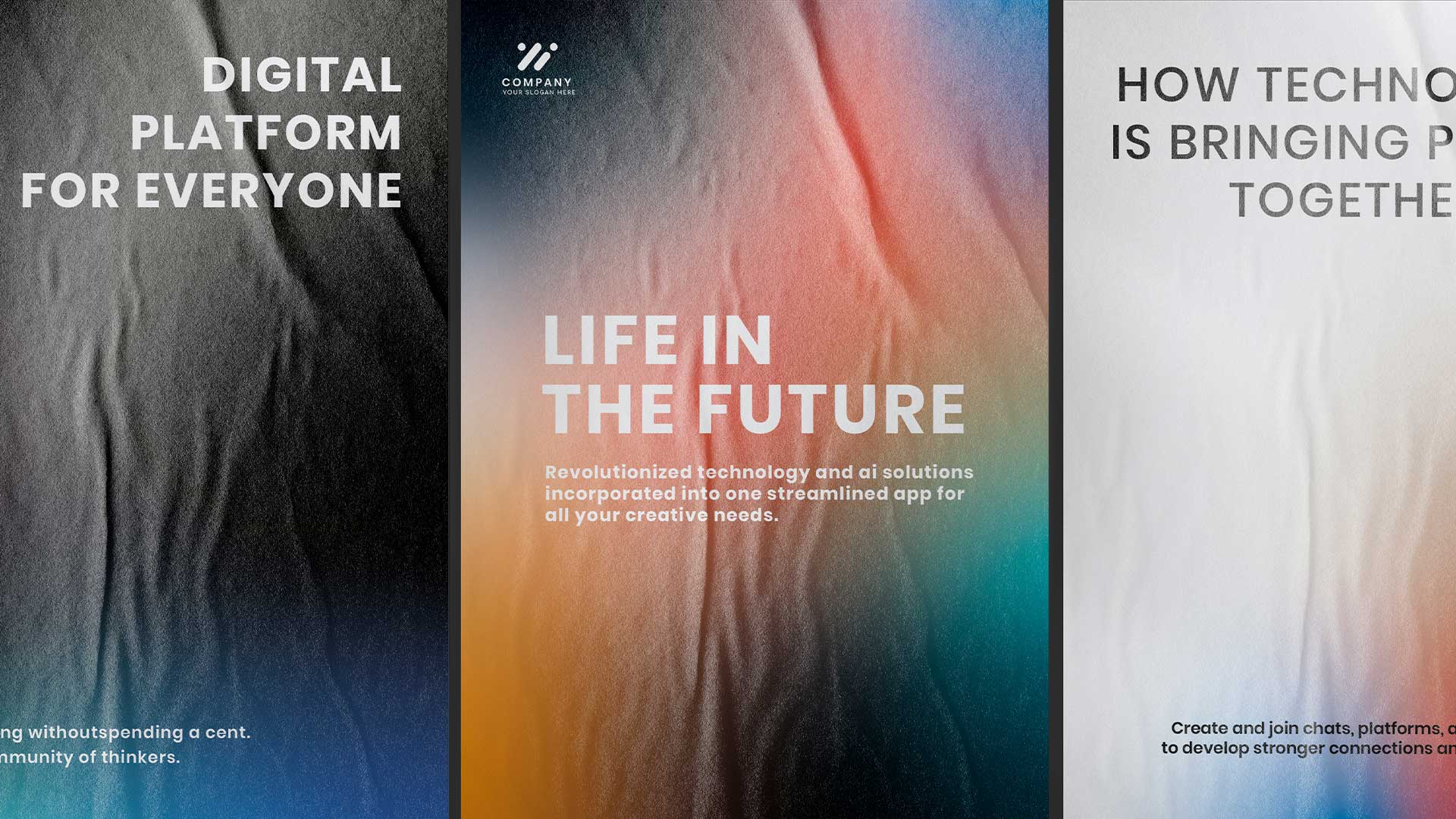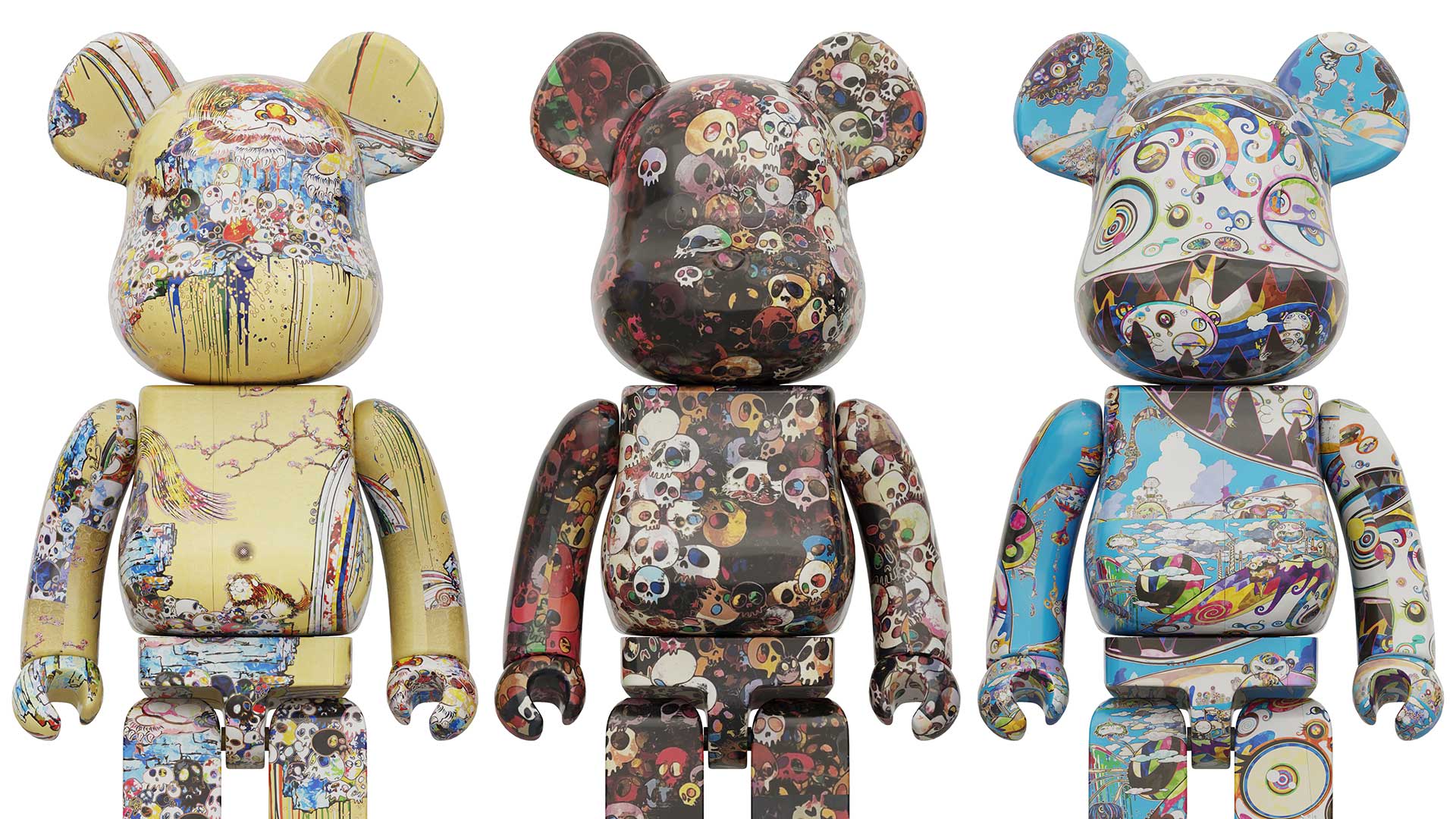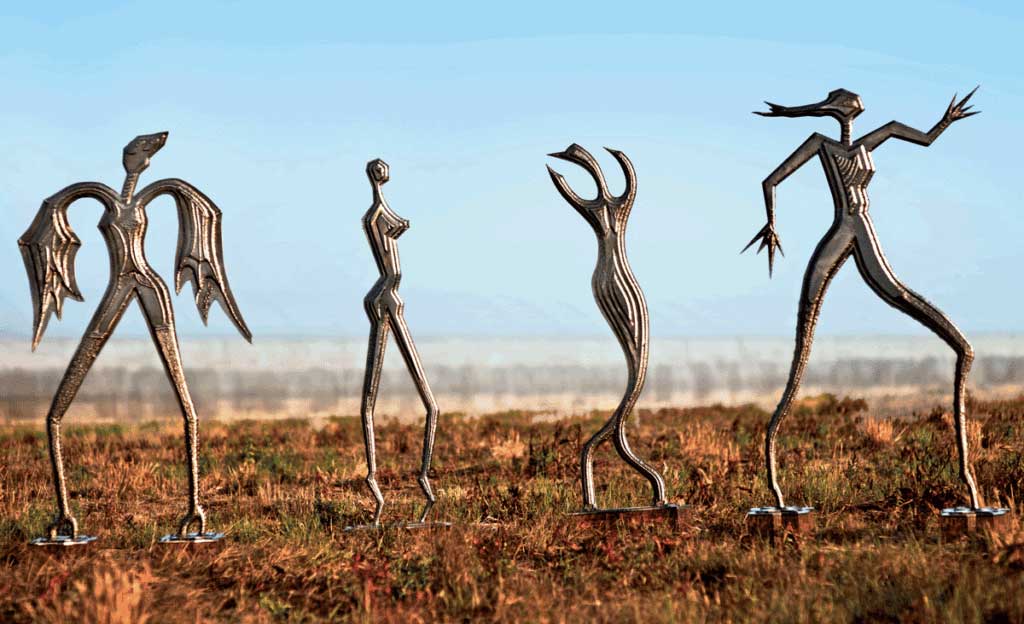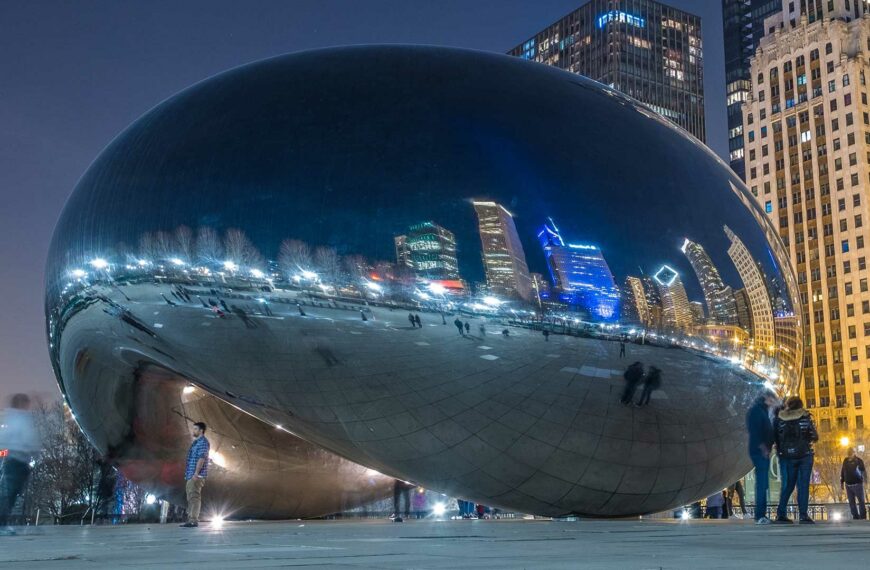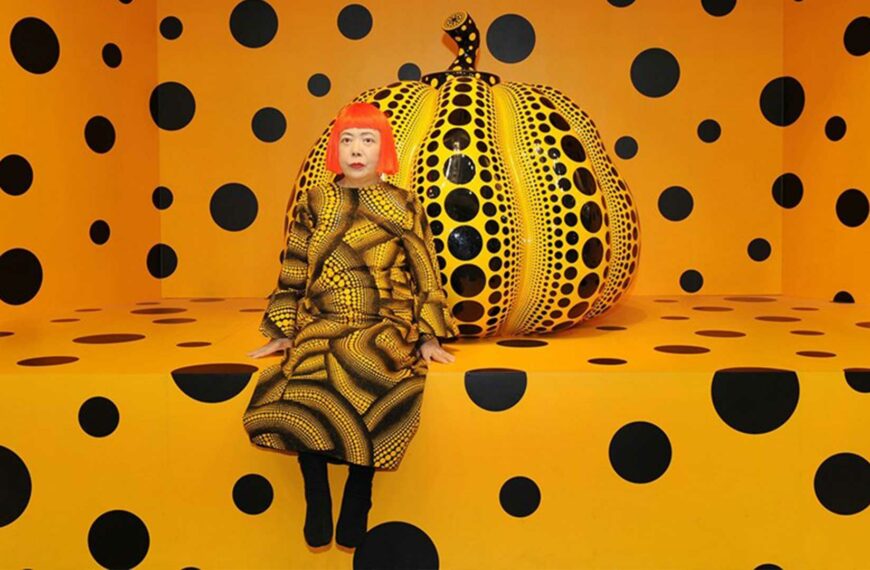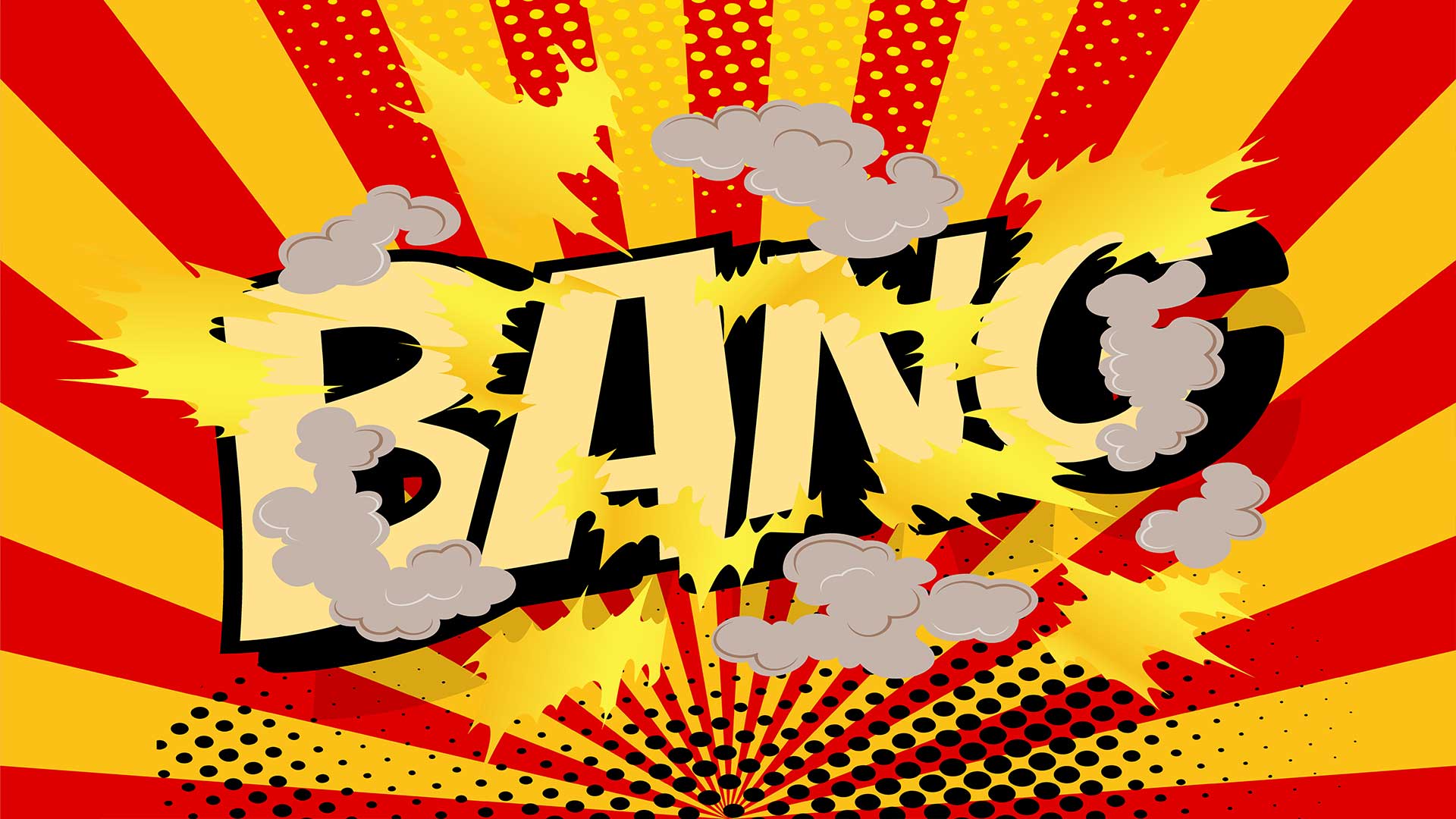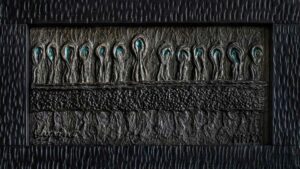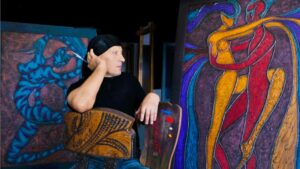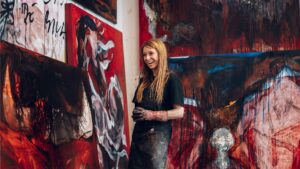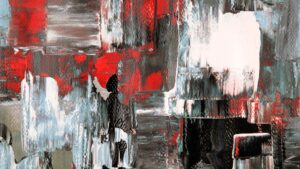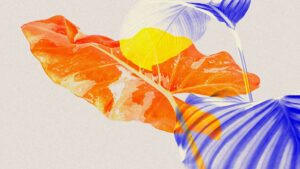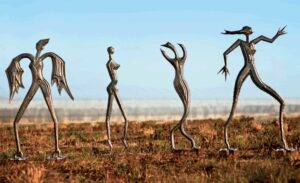What are the latest modern art trends shaping the contemporary art scene? In this article, we will explore the dynamic landscape of modern art trends and delve into the key influences that are redefining the boundaries of the art world. From neo-surrealism to the integration of artificial intelligence, these trends are transforming the way we perceive and engage with art.
What readers will learn from this article:
- The rise of neo-surrealism as a popular art trend and its impact on the contemporary art scene.
- The emergence of Non-Fungible Tokens (NFTs) and their role in revolutionizing the art market.
- The exploration of various modern art trends, such as textile-based art practices, provocative art, Latin American new media practices, the integration of artificial intelligence in art, genre-breaking art, sculpture and computer-generated art, addressing class and social equity through art, reconsideration of religion in contemporary art, and pushing the limits of traditional art materials, techniques, and spaces.
Neo-Surrealism: Blending Surrealism with Modern Themes and Techniques
One of the prominent art trends gaining traction in recent years is neo-surrealism. Contemporary artists are building upon the foundations of the surrealist movement of the early 20th century and infusing surrealistic elements with modern themes and techniques. This fusion creates artworks that challenge reality, provoke imagination, and explore the depths of the subconscious mind.
Neo-surrealism embraces the dreamlike and irrational aspects of the original surrealist movement while incorporating contemporary subject matter. Artists draw inspiration from various sources, such as popular culture, technology, and social issues, to create visually striking and conceptually rich artworks. By blending the familiar with the surreal, these artists captivate viewers and invite them to question their own perceptions of reality.
The impact of neo-surrealism on the contemporary art scene cannot be understated. Through their imaginative and visually compelling works, artists are able to evoke emotions, spark conversations, and offer new perspectives. Neo-surrealism pushes the boundaries of traditional art, presenting a fresh take on storytelling and symbolism. By incorporating elements of surprise, juxtaposition, and symbolism, artists engage viewers on both an intellectual and emotional level.
Non-Fungible Tokens (NFTs): Revolutionizing the Art Market
In the digital age, the art market has witnessed a groundbreaking development with the emergence of Non-Fungible Tokens (NFTs). NFTs are unique digital assets that are stored on a blockchain, providing proof of ownership and authenticity. This technology has revolutionized the way art is bought, sold, and collected.
NFTs offer artists a new way to monetize their digital creations, opening up opportunities for artists working in various mediums, including digital art, music, and virtual reality. The ability to tokenize and sell digital artworks has democratized the art market, allowing artists to directly connect with collectors and bypass traditional intermediaries.
The rise of NFTs has also sparked discussions around the value and ownership of digital art. While the concept of owning a digital file may seem intangible to some, NFTs have provided a solution by creating a sense of scarcity and provenance in the digital realm. This has led to a surge in demand for digital art and a reevaluation of its place in the art world.
However, the impact of NFTs extends beyond the buying and selling of art. They have also opened up new avenues for artists to experiment with interactive and immersive experiences. Virtual reality exhibitions and digital installations have become more prevalent, allowing artists to engage with audiences in innovative ways. The integration of blockchain technology and NFTs has undoubtedly reshaped the art market, offering both opportunities and challenges for artists, collectors, and institutions.
Textile-based Art Practices: ## Case Study: The Impact of NFTs on the Buying and Selling of Art
In recent years, the art world has witnessed a revolutionary aspect known as Non-Fungible Tokens (NFTs). To better understand the impact of NFTs on the buying and selling of art, let’s take a look at the story of Emily, an aspiring digital artist.
Emily had always been passionate about creating digital artworks and dreamed of making a name for herself in the art world. However, she faced numerous challenges in finding buyers who were willing to pay a fair price for her digital creations. Traditional art galleries were often hesitant to exhibit her work, as they struggled to comprehend the value of digital art.
Everything changed for Emily when she discovered the world of NFTs. She learned how NFTs could provide proof of ownership and authenticity for digital artworks through blockchain technology. Excited by the possibilities, Emily decided to list one of her digital artworks as an NFT on a popular art marketplace.
To her surprise, within days, her artwork was sold for a significant sum. The buyer, a digital art collector from a different continent, recognized the value and potential of her creation. With the transaction completed using cryptocurrency, Emily received immediate payment, eliminating the need for intermediaries and long waiting periods.
The sale of her first NFT opened doors for Emily. Word spread about her unique style, and she began receiving inquiries from art enthusiasts and collectors around the world. She was able to establish a direct connection with her audience, bypassing the traditional gatekeepers of the art world.
Moreover, the transparency and immutability of blockchain technology provided Emily with a sense of security. She no longer had to worry about her work being stolen or plagiarized, as the ownership of her NFTs was recorded on the blockchain, making it nearly impossible to counterfeit or manipulate.
Emily’s success story is just one example of how NFTs have revolutionized the buying and selling of art. Through NFTs, artists like Emily now have a platform to showcase and sell their digital creations, while collectors have the opportunity to own unique, verifiable pieces of art. The art world is no longer limited to physical mediums, as digital art gains recognition and value through the power of NFTs.
Exploring Identity and Social Commentary
Textile-based art practices have gained significant recognition in recent years, offering artists a unique medium to explore themes of identity, cultural heritage, and social commentary. From fiber art to embroidery and mixed media, artists are pushing the boundaries of traditional textile techniques to create visually captivating and conceptually rich artworks.
The use of textiles in contemporary art allows artists to explore personal and collective narratives. By incorporating materials such as fabric, thread, and found objects, artists can convey complex stories and evoke emotional responses. Textile-based art often blurs the line between fine art and craft, challenging traditional notions of artistic hierarchy and elevating the status of textile practices.
Furthermore, textile-based art offers a platform for artists to address social and political issues. Through their works, artists can shed light on topics such as gender, race, migration, and environmental concerns. Textiles have a long history of being associated with domesticity and femininity, and by reclaiming and repurposing these materials, artists can challenge societal norms and advocate for social change.
The growing interest in textile-based art practices has led to an expansion of exhibitions and platforms dedicated to showcasing these works. Curators and collectors are increasingly recognizing the value and significance of textile-based art, further cementing its place in the contemporary art scene.
Provocative Art: Critiquing Religion and Oppression
Art has long been a powerful tool for critiquing social and political systems. In recent years, there has been a notable rise in provocative art that challenges established religious dogmas and addresses societal oppression. Artists are using their creative platforms to initiate conversations, provoke thought, and advocate for social justice.
Through their works, contemporary artists are reinterpreting religious symbols and narratives, challenging traditional beliefs, and inviting viewers to question established norms. This trend of reimagining religion in art serves as a catalyst for dialogue and reflection, encouraging individuals to explore their own spirituality and engage in conversations about the role of religion in society.
Moreover, artists are using their art as a means to shed light on various forms of oppression, including racism, sexism, and discrimination. By visualizing and addressing these issues, they aim to raise awareness and inspire positive change. Provocative art serves as a powerful medium for amplifying marginalized voices and demanding social equity.
The impact of provocative art extends beyond the confines of galleries and museums. In the age of social media and digital connectivity, these artworks have the potential to reach a global audience, sparking conversations and igniting movements. Artists are leveraging their platforms to challenge the status quo, provoke discussions, and inspire viewers to take action.
By pushing the boundaries of artistic expression, provocative art serves as a catalyst for social change and an important force within the contemporary art scene.
Latin American New Media Practices: Technology and Cultural Perspectives
Latin American artists have been at the forefront of embracing new media practices, incorporating technology and digital tools into their creative processes. This innovative approach has not only shaped the contemporary art scene but also provided fresh perspectives on cultural and political issues.
Latin American artists are leveraging digital media to explore themes such as identity, migration, and social inequality. Through interactive installations, virtual reality experiences, and multimedia artworks, they invite viewers to engage with their work on multiple levels. By combining traditional artistic techniques with cutting-edge technology, these artists create immersive and thought-provoking experiences.
The use of new media practices also allows Latin American artists to amplify their voices and transcend geographical boundaries. Through online platforms and social media, they can reach global audiences, fostering cross-cultural dialogues and challenging mainstream narratives. Technology has become a powerful tool for cultural expression and political activism, providing a platform for marginalized communities to share their stories and perspectives.
Latin American new media practices have not only influenced the regional art scene but have also garnered international recognition. Artists from the region are increasingly being featured in major exhibitions and biennials, further solidifying their impact on the global contemporary art landscape.
Artificial Intelligence (AI) in Art: Pushing Boundaries of Creativity
The integration of artificial intelligence (AI) in the creative process has opened up new possibilities for artists, pushing the boundaries of traditional artistic practices. AI algorithms are being utilized to generate unique artworks, challenging notions of authorship, creativity, and artistic intent.
Artists are using AI as a tool to explore new aesthetics, experiment with unconventional techniques, and generate unexpected outcomes. By training AI models on vast amounts of data, artists can create artworks that mimic human creativity or go beyond what is humanly possible. This fusion of human imagination and machine learning produces artworks that are both familiar and alien, blurring the line between human and machine.
The impact of AI on the art world goes beyond the creation of individual artworks. It has also transformed the way art is experienced and consumed. Virtual reality experiences, interactive installations, and AI-generated performances have become increasingly prevalent, offering viewers immersive and engaging encounters with art.
AI has sparked discussions surrounding the role of technology in the creative process and the future of art. While some embrace the potential of AI as a tool for artistic exploration, others raise questions about the loss of human touch and the ethical implications of AI-generated art.
As AI continues to advance, it will undoubtedly reshape the art world and challenge traditional notions of creativity and artistic expression.
Outsider and Self-Taught Artists: Challenging Traditional Notions
The art world has traditionally been dominated by trained artists who have undergone formal education in art institutions. However, there has been a growing recognition and appreciation for outsider and self-taught artists, who bring a fresh perspective and unique voice to the art scene.
Outsider and self-taught artists often lack formal training, yet their works exhibit a rawness and authenticity that resonates with audiences. Their art is often deeply personal, reflecting their individual experiences, emotions, and personal narratives. By operating outside the confines of traditional artistic conventions, these artists challenge established norms and push the boundaries of artistic expression.
The rise of outsider and self-taught artists has been facilitated by increased access to digital platforms and online communities. Social media and online galleries have provided a platform for these artists to showcase their work and connect with audiences globally. This has allowed them to bypass traditional gatekeepers and find success on their own terms.
The inclusion of outsider and self-taught artists in the contemporary art scene has enriched the diversity of artistic voices and perspectives. Their unique approach to art challenges traditional notions of creativity and highlights the importance of individual expression.
In conclusion, modern art trends are constantly evolving, reshaping the contemporary art scene and challenging traditional notions of

